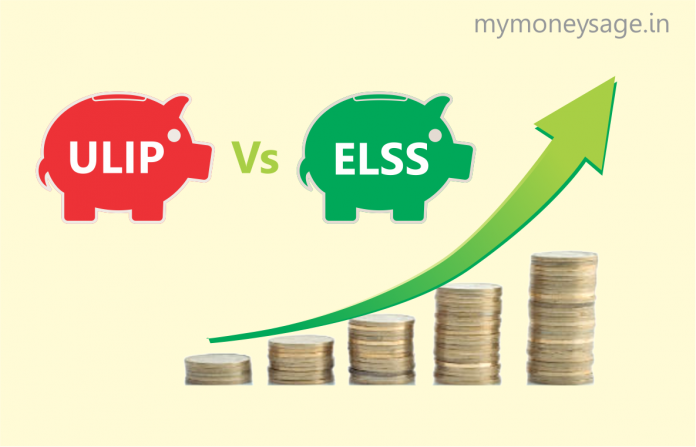With too many options available in the investment market, investors are often confused over what to choose. So, experts suggest that it is better to understand the different types of investments available in India.
To begin with, let’s look at ELSS, ULIP, and PPF (which also have tax benefits under EEE) as some of the retirement-oriented investment options.
Before going ahead and finding out the right type of investment for yourself it is better to consider your current income and future goals.
Equity Linked Saving Scheme – ELSS
ELSS allows investors to invest their money in mutual funds and also saves taxes.
One can claim a tax saving under section 80C of the Income Tax Act and get deductions of up to Rs 1.5 lakh in a financial year by investing in ELSS.
Equity Linked Saving Scheme is a diversified, equity mutual fund wherein as much as 65 percent of the money is invested in equity and selects companies with different market capitalizations.
ELSS funds come under the close-ended category of equity funds and their rate of return depends on how well the stock market performs over a long time, hence, it is dynamic. ELSS has the least lock-in period of 3 years. The returns on ELSS schemes are taxed at 10 percent, without indexation benefit, if they exceed Rs 1 lakh in any financial year.
Public Provident Fund – PPF
PPF is popular because it is a safe investment option and gives decent guaranteed returns.
PPF a tax-saving scheme and comes with a lock-in period of 15 years. The 80C section of the Income Tax Act provides PPF with EEE (Exempt, Exempt, Exempt) benefit wherein investments up to Rs 1.5 lakh per year, with the returns earned and the corpus everything is exempt from taxation post maturity.
It also offers an option to make a partial withdrawal from the money invested or take loans after 7 years. The current rate of return in PPF is 7.1 percent, which is better than fixed deposits.
Unit Linked Insurance Plan – ULIP
ULIP plans are a mix of both insurance and investment products. A part of the sum invested is insurance and the remaining is invested in a mix of equity, debt, hybrid funds according to the investor’s choice. The lock-in period for ULIPs is 5 years.
In ULIPs premium paid is eligible for a tax deduction under Section 80C. The returns are also exempt from income tax under Section 10(10D) of the Income-Tax Act when the policy matures.
An investor can switch from equity to debt or hybrid as per his/her investment objective during the lifecycle of the investment. The rate of return usually in ULIP depends on the investor’s choice of the combination of equity, debt, hybrid funds in his/her investment.
Follow and connect with us on Facebook, LinkedIn & Twitter

